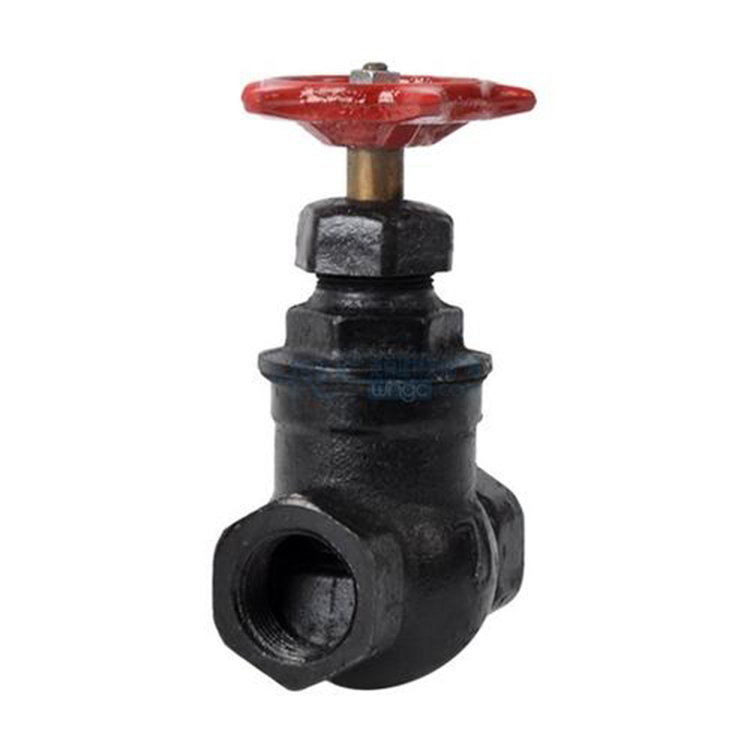 English
English Español
Español  Português
Português  русский
русский  Français
Français  日本語
日本語  Deutsch
Deutsch  tiếng Việt
tiếng Việt  Italiano
Italiano  Nederlands
Nederlands  ภาษาไทย
ภาษาไทย  Polski
Polski  한국어
한국어  Svenska
Svenska  magyar
magyar  Malay
Malay  বাংলা ভাষার
বাংলা ভাষার  Dansk
Dansk  Suomi
Suomi  हिन्दी
हिन्दी  Pilipino
Pilipino  Türkçe
Türkçe  Gaeilge
Gaeilge  العربية
العربية  Indonesia
Indonesia  Norsk
Norsk  تمل
تمل  český
český  ελληνικά
ελληνικά  український
український  Javanese
Javanese  فارسی
فارسی  தமிழ்
தமிழ்  తెలుగు
తెలుగు  नेपाली
नेपाली  Burmese
Burmese  български
български  ລາວ
ລາວ  Latine
Latine  Қазақша
Қазақша  Euskal
Euskal  Azərbaycan
Azərbaycan  Slovenský jazyk
Slovenský jazyk  Македонски
Македонски  Lietuvos
Lietuvos  Eesti Keel
Eesti Keel  Română
Română  Slovenski
Slovenski  मराठी
मराठी  Srpski језик
Srpski језик
Valvola a globo in ghisa
Invia richiesta
1.Introduzione diGhisaGloboValve
Ghisaglobovalve is a forced-sealing valve, so when the valve is closed, pressure must be applied to the disc to force the sealing surface to not leak. When the medium enters the valve from below the disc, the resistance that the operating force needs to overcome is the friction force of the valve stem and packing and the thrust generated by the pressure of the medium. The force to close the valve is greater than the force to open the valve, so GhisaThe diameter of the valve stem of the globovalve should be large, otherwise the valve stem will bend up failure.

2. Parameters of GhisaGloboValve
Tipo di valvola
Ghisaglobovalve
DN
DN10~DN600
PN(MPaï¼ ‰
1.6~16Mpa
Intervallo di temperatura di progetto
-15â „ƒï½ž200â„ ƒ
Tipo di connessione:
Flangiato
Tipo di attuatore
Attuatore manuale, pneumatico, idraulico o elettrico
Mezzo applicabile
Acqua, petrolio, gas e vari mezzi di corrosione
Pezzi di ricambio
Materiale
Disco di copertura del corpo
Acciaio forgiato, Acciaio fuso
Stelo
Acciaio forgiato, Acciaio fuso
Imballaggio
Grafite flessibile, Grafite flessibile migliorata, PTEE
Spessore di tenuta
Grafite Flexiblo migliorata, acciaio inossidabile, PTFE
Faccia di tenuta
13Cr,STL, PTFE, nylon, con materiale del corpo


3. Advantages of Ghisaglobovalve
1) The structure of the Ghisaglobovalve is simpler than that of the gate valve, and it is more convenient to manufacture and maintain.
2) La superficie di tenutaof Ghisaglobovalve is not easy to wear and scratch, and the sealing performance is good. There is no relative sliding between the valve disc and the sealing surface of the valve body when opening and closing, so neither abrasion nor abrasion is serious. The sealing performance is good and the service life is long. .
3) When the Ghisaglobovalve is opened and closed, the disc stroke is small, so the height of the shut-off valve is smaller than that of the gate valve, but the structure length is longer than that of the gate valve.
4) Ghisaglobovalve has a large opening and closing moment, which is laborious and takes a long time.
5) The medium channel in the Ghisaglobovalve is tortuous, the fluid resistance is large, and the power consumption is large.
6) When the nominal pressure of the medium flow direction of the Ghisaglobovalve PN≤16MPa, the downstream flow is generally adopted, and the medium flows upward from the bottom of the valve flap; when the nominal pressure PN≥20MPa, the reverse flow is generally adopted, and the medium flows downward from the top of the valve flap. In order to increase the seal performance. When in use, the shut-off valve medium can only flow in one direction and cannot change the direction of flow.
7) The valve flap is often eroded when the Ghisaglobovalve is fully opened.

4. FAQ





















